54 Free Face Photos transparent PNG images
Explore our curated collection of 54 free AI-generated Face Photos, offering an extensive range of diverse human faces in various styles and formats. From realistic stock photos to stylized 3D renders, vectors, and artistic illustrations, our collection provides high-quality images suitable for multiple applications. Each image is available for free download in high resolution, and you can utilize our innovative 'open in editor' feature on the image detail page to fine-tune the prompts and regenerate faces that perfectly match your vision.
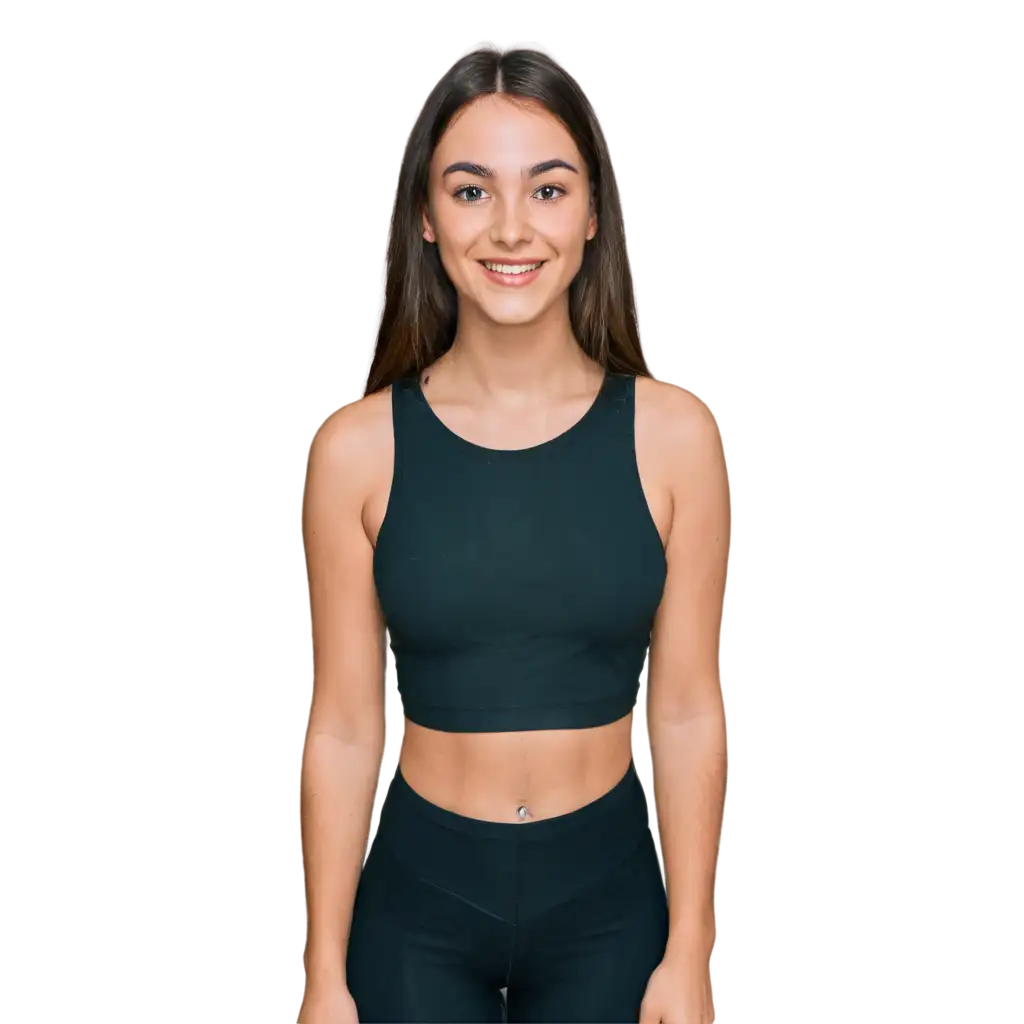

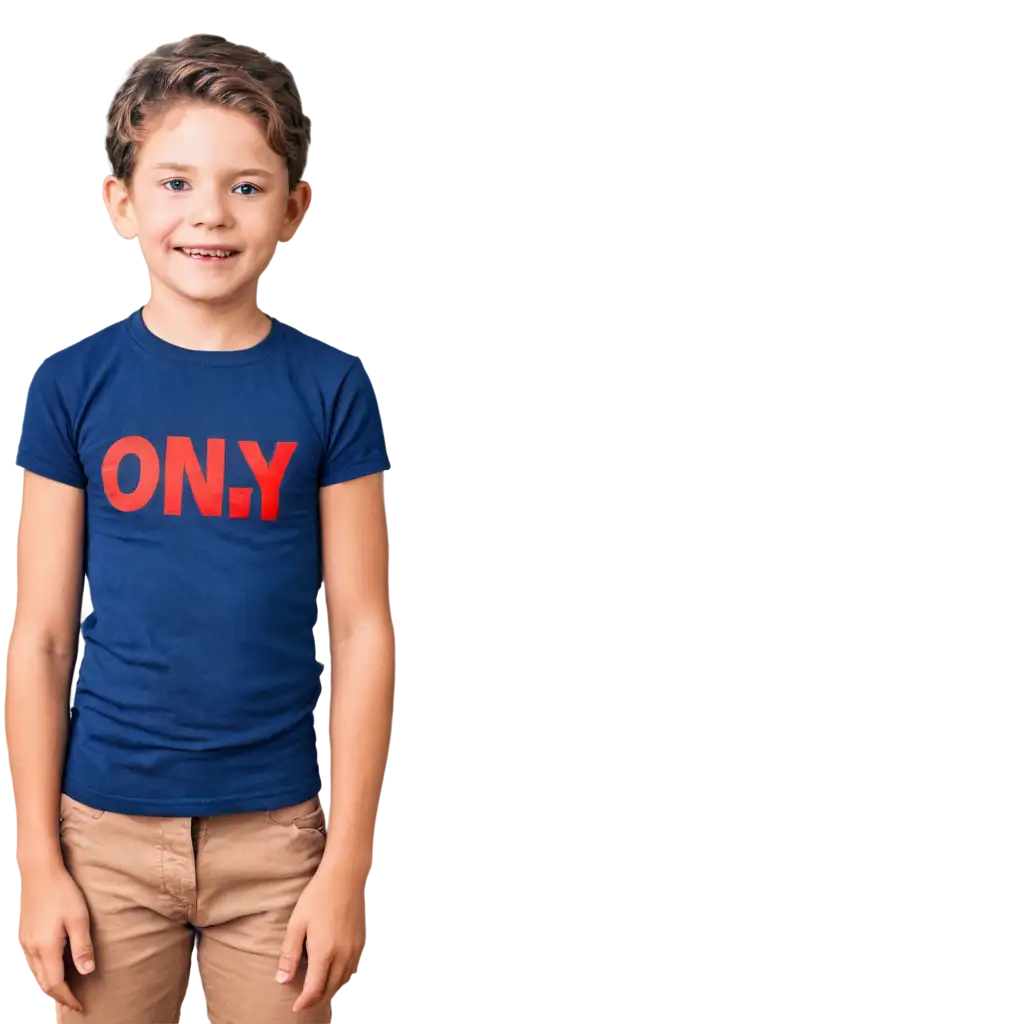
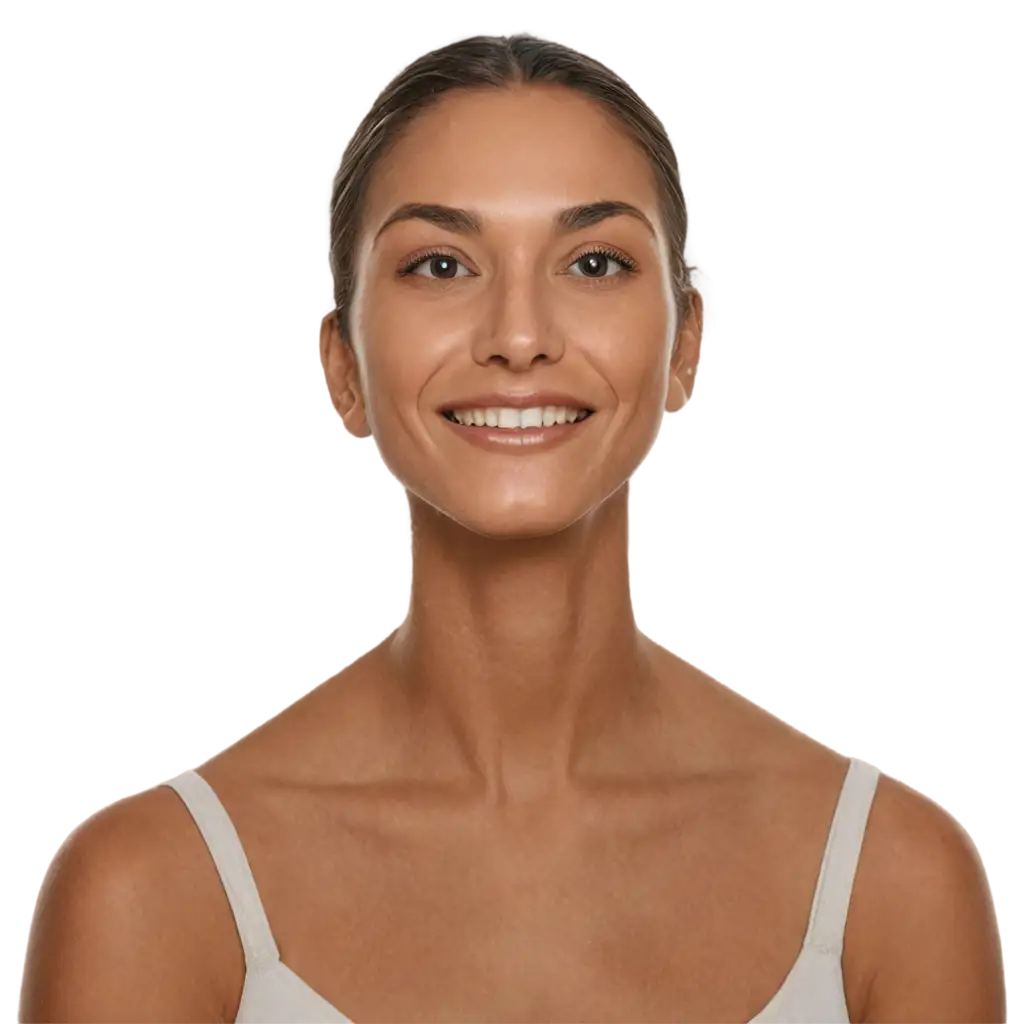

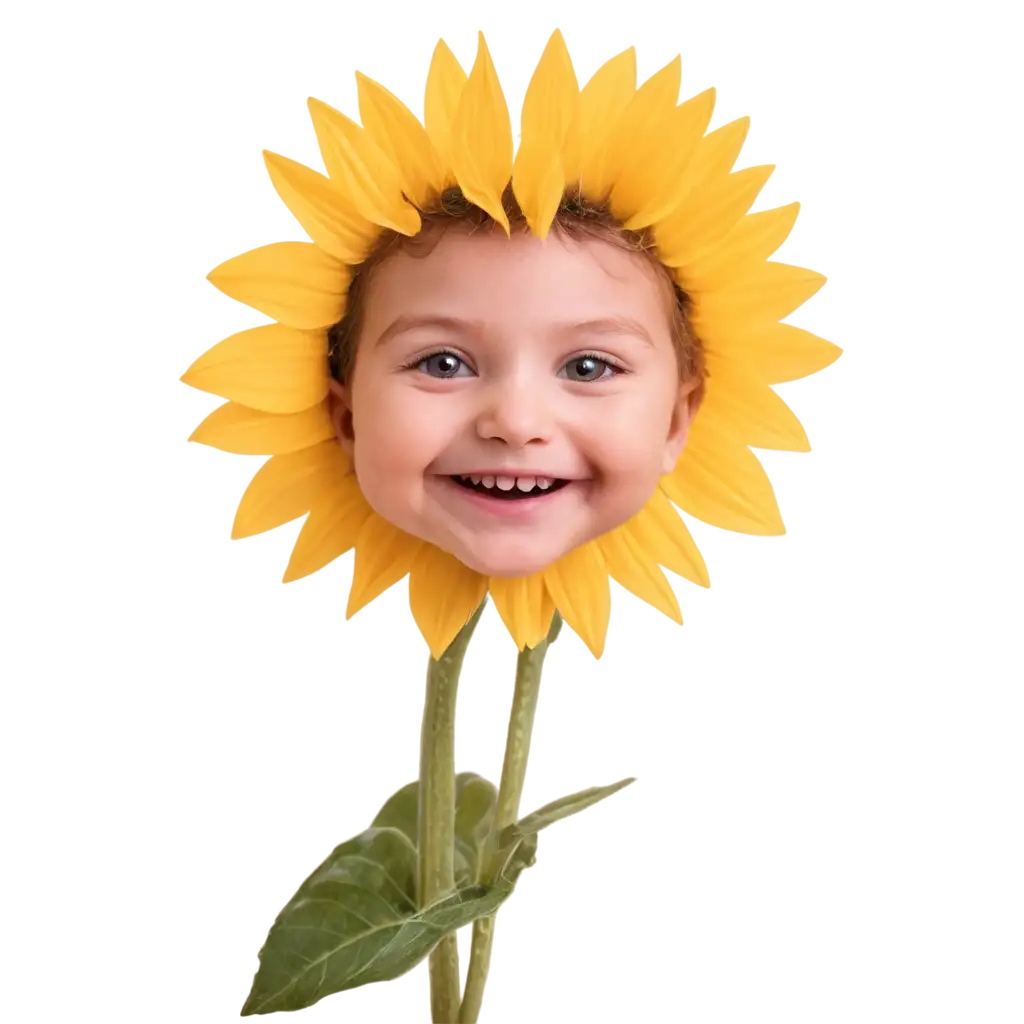



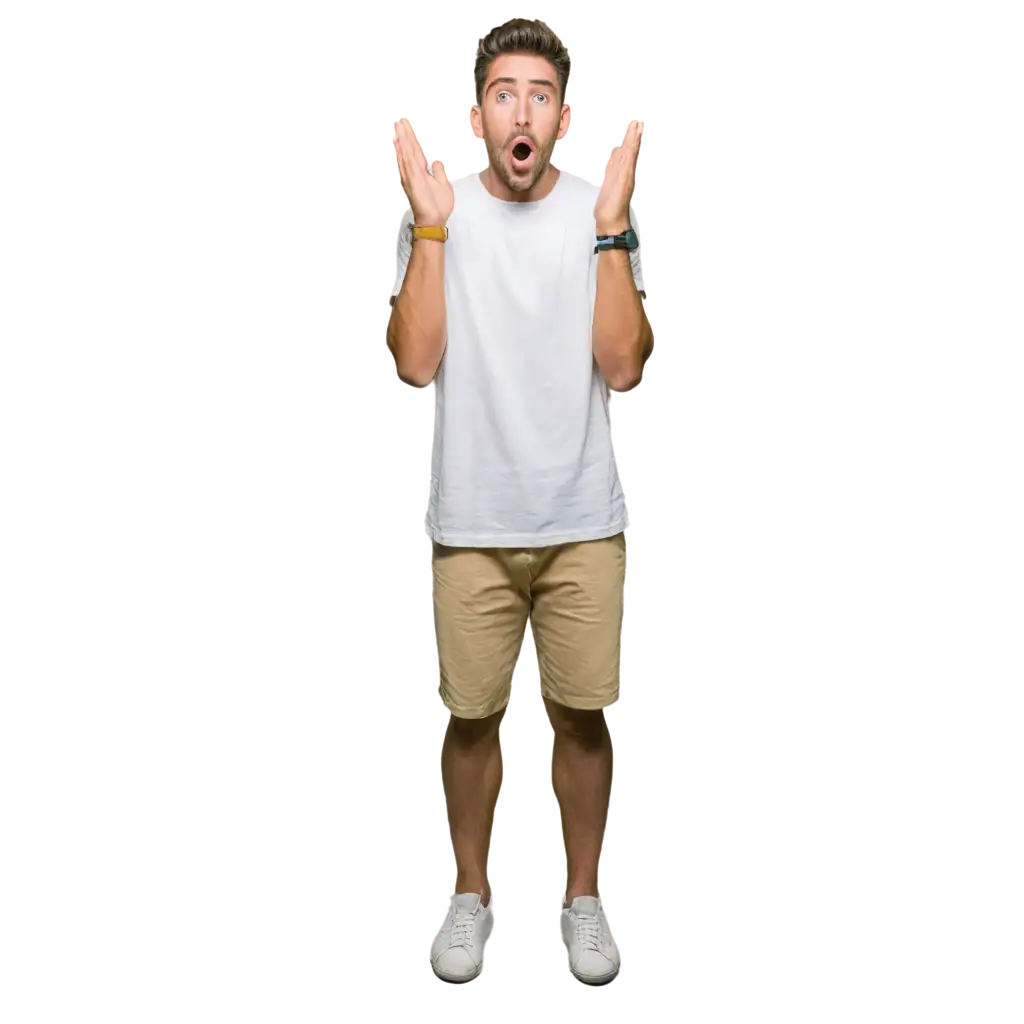

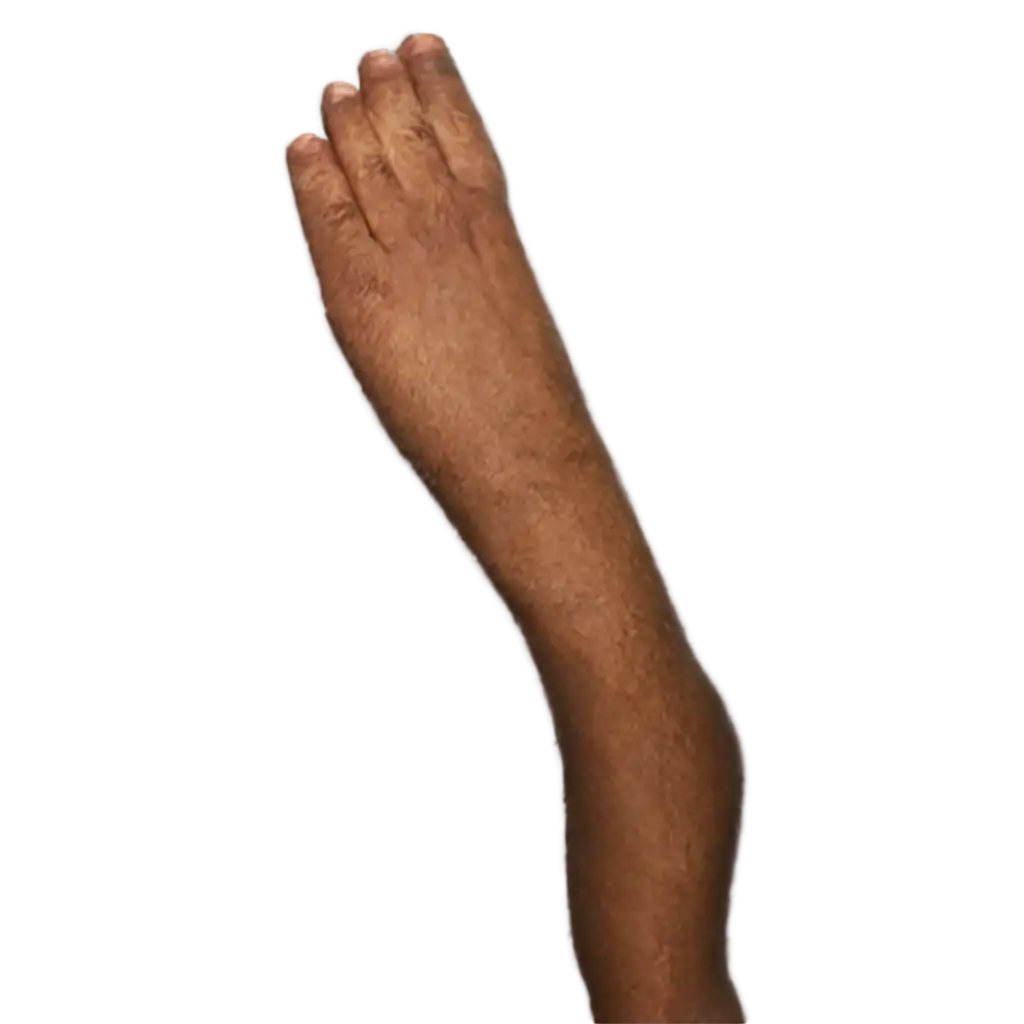


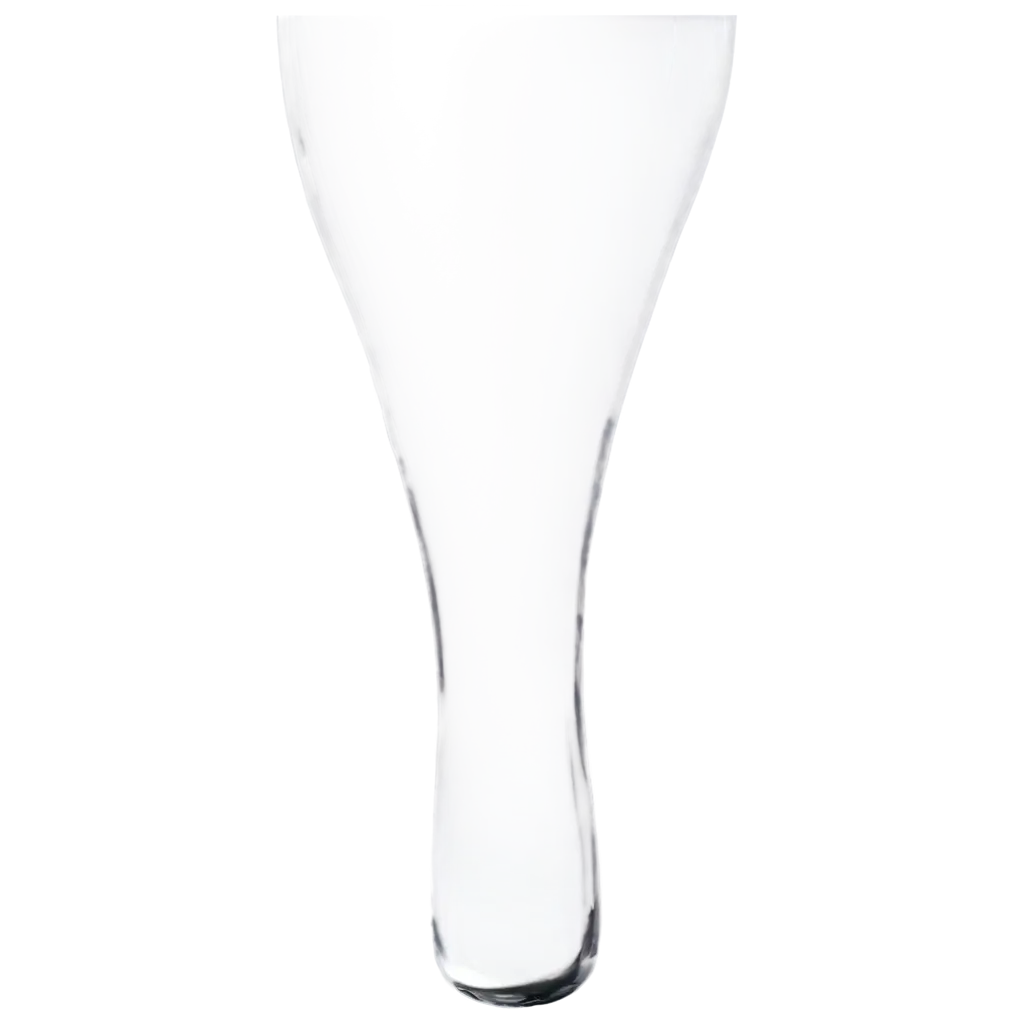
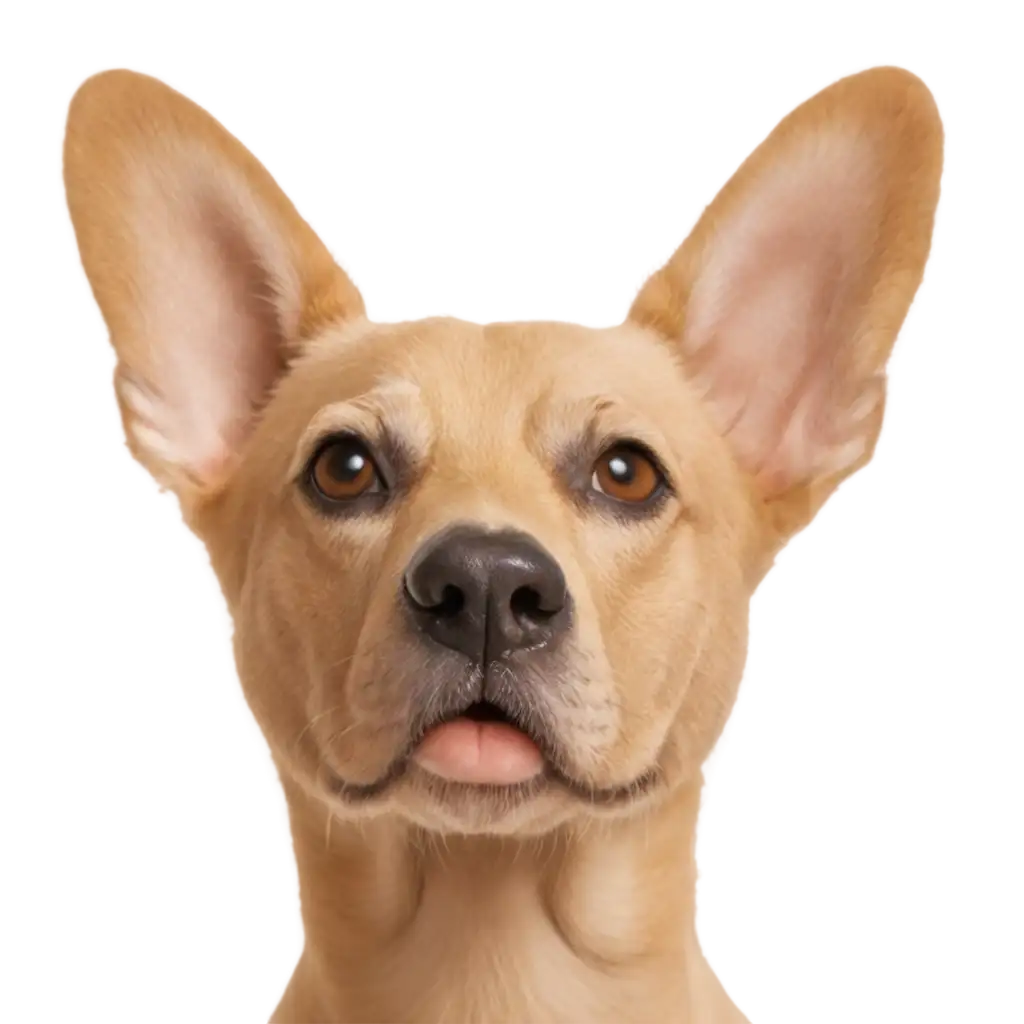

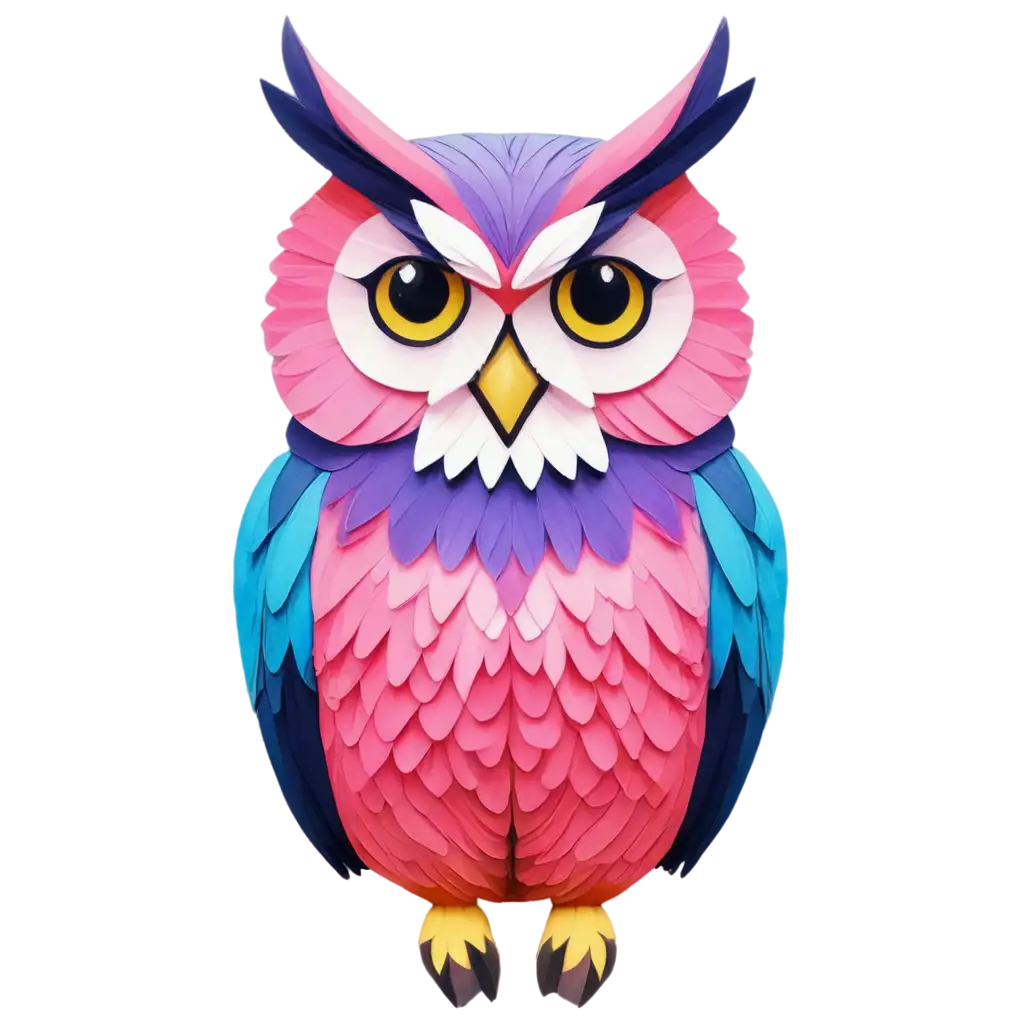
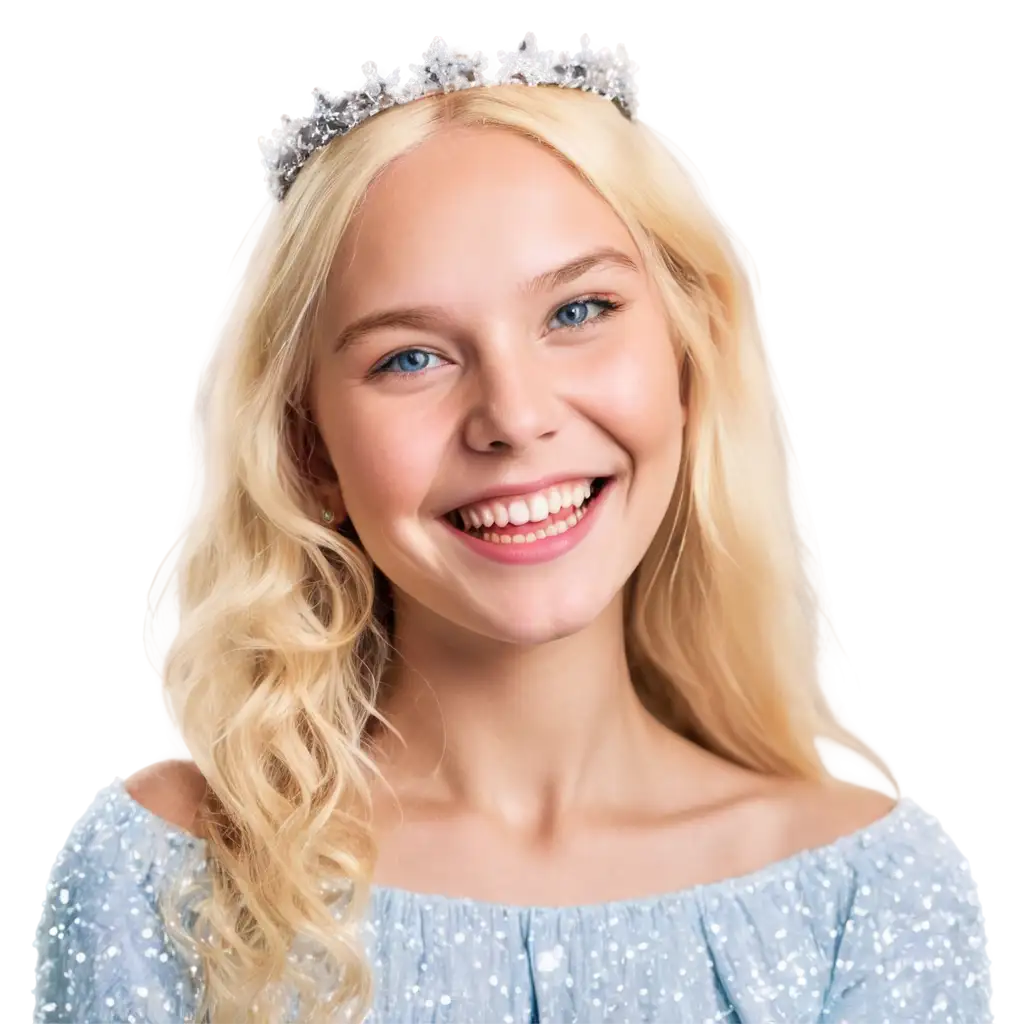



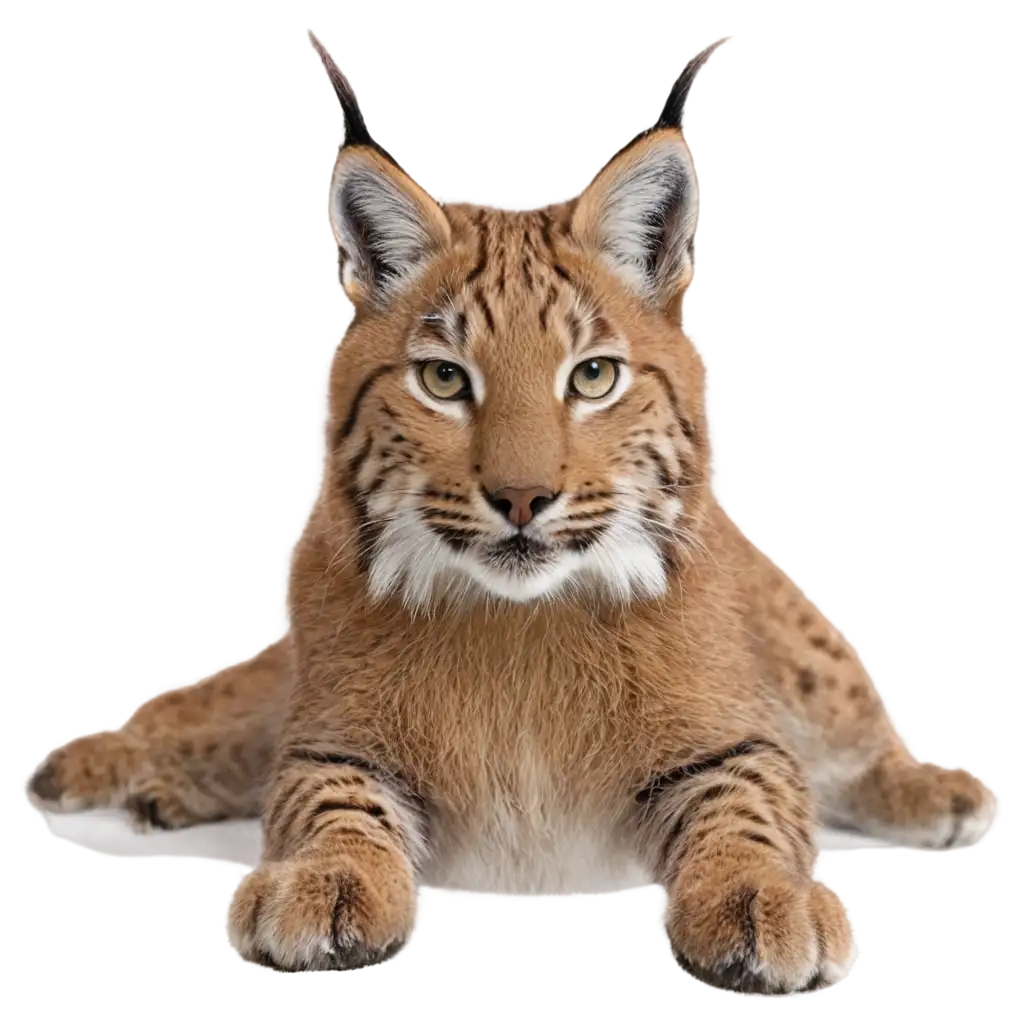
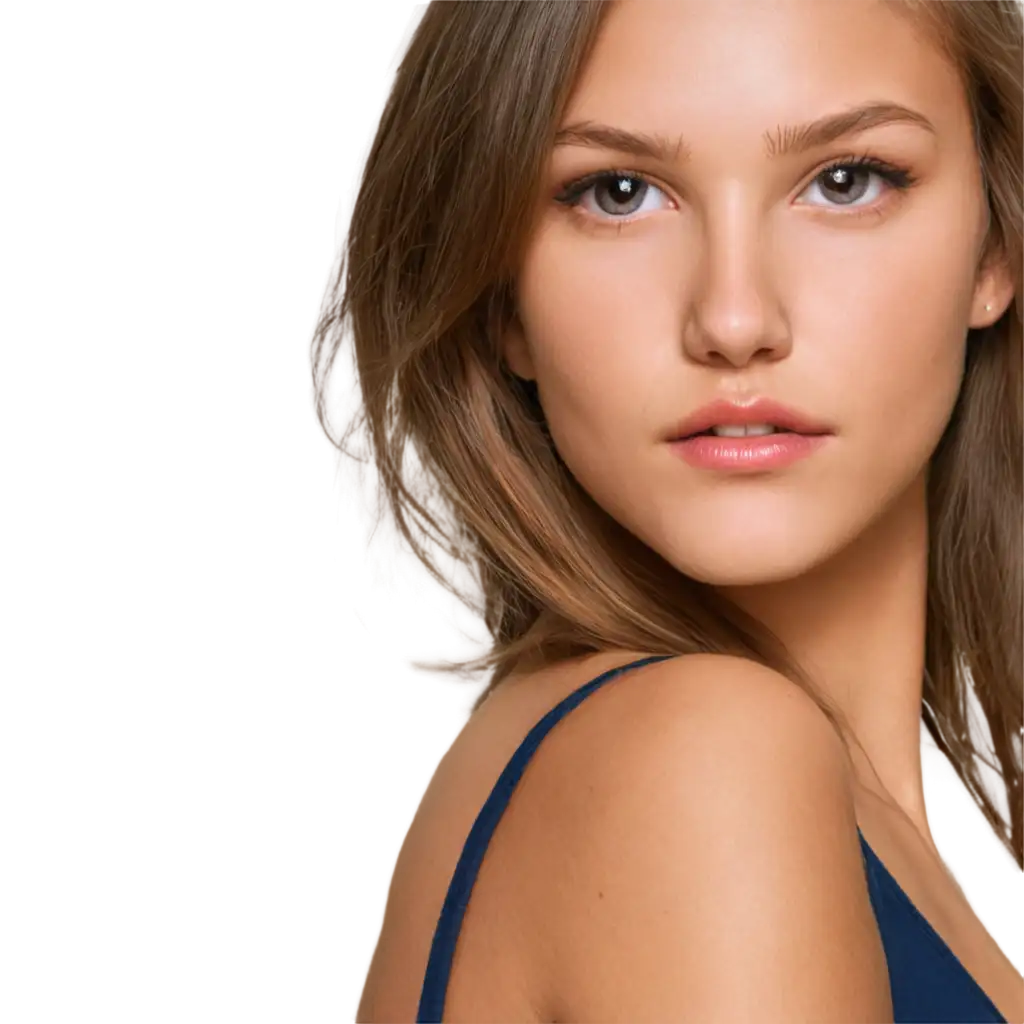

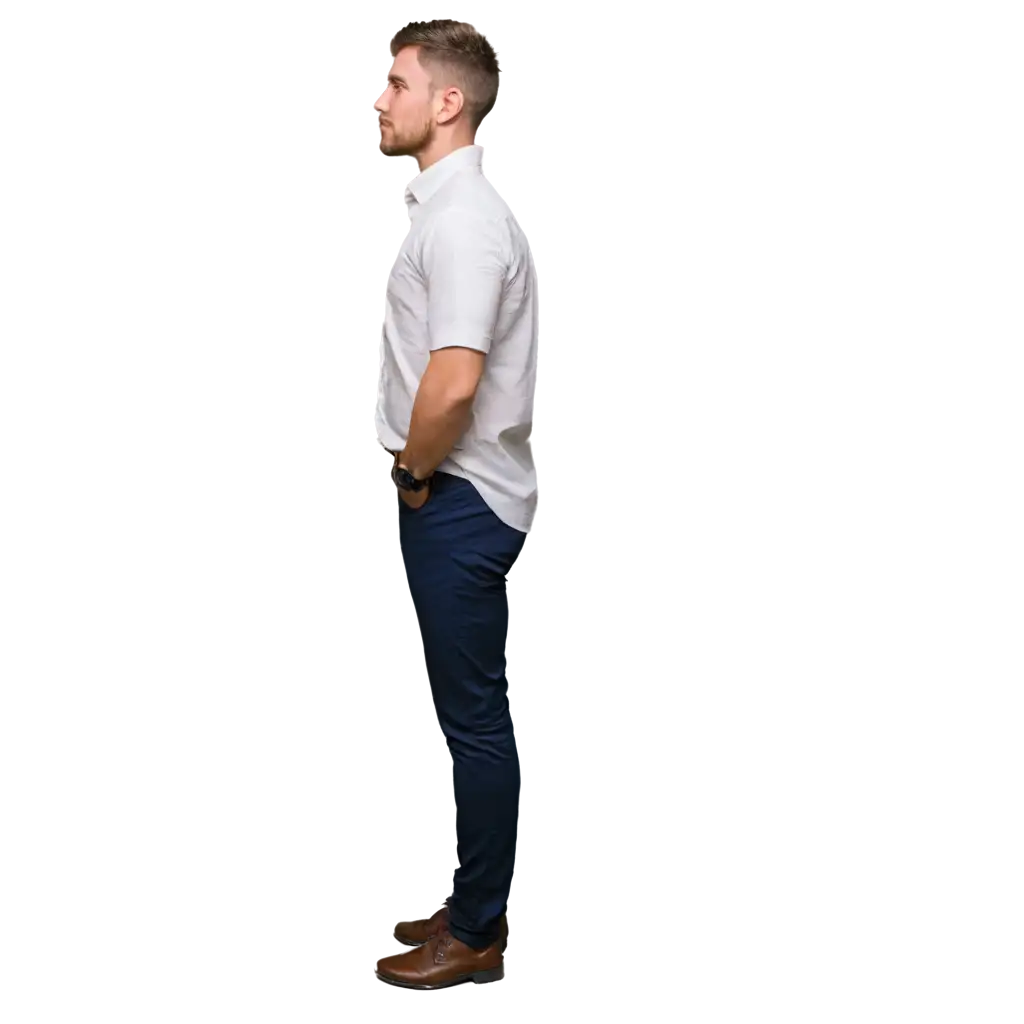
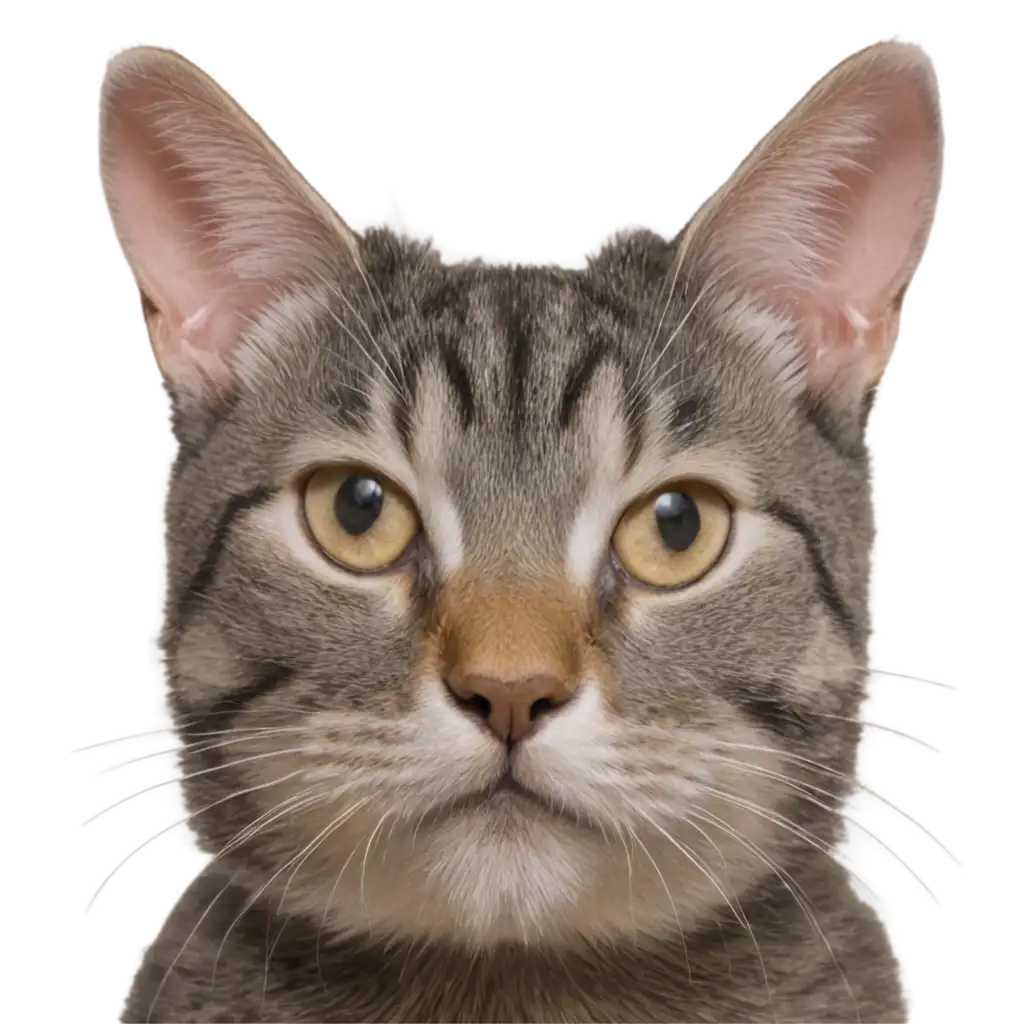

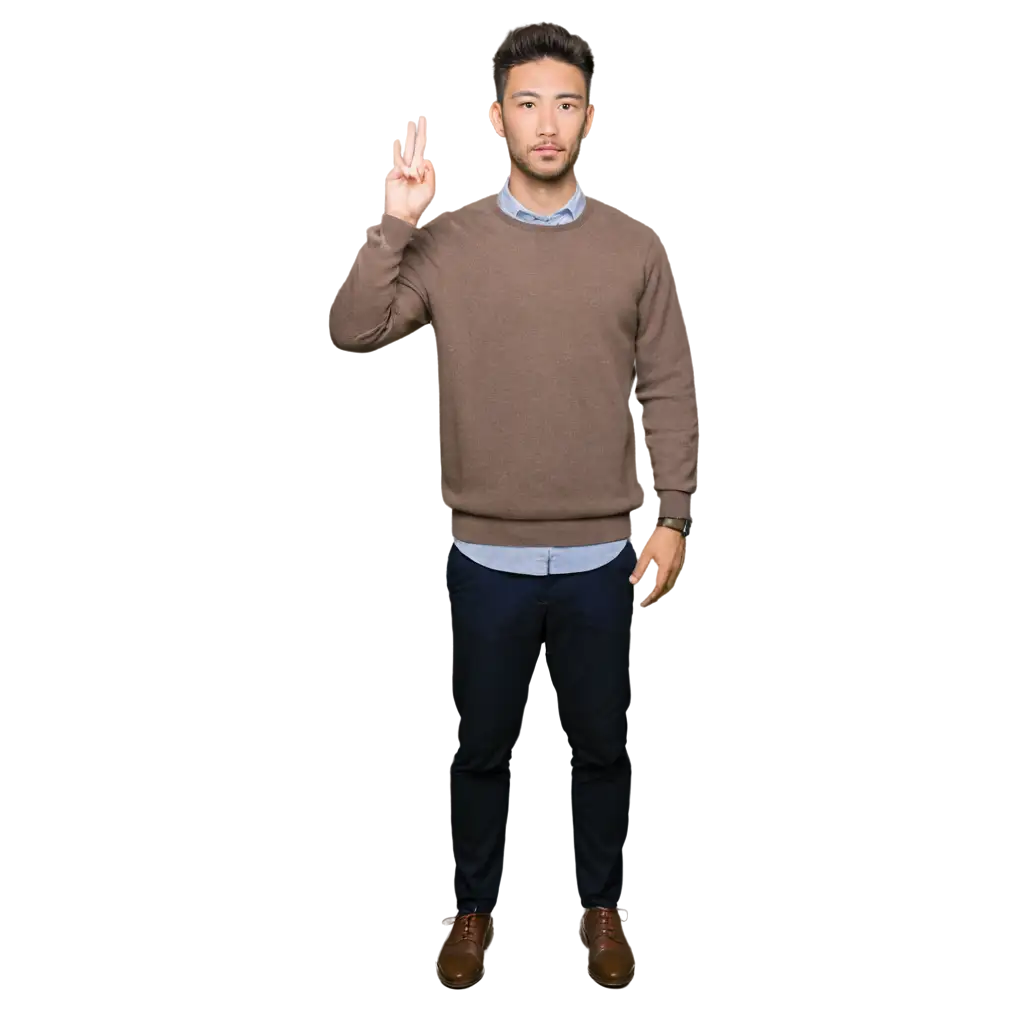
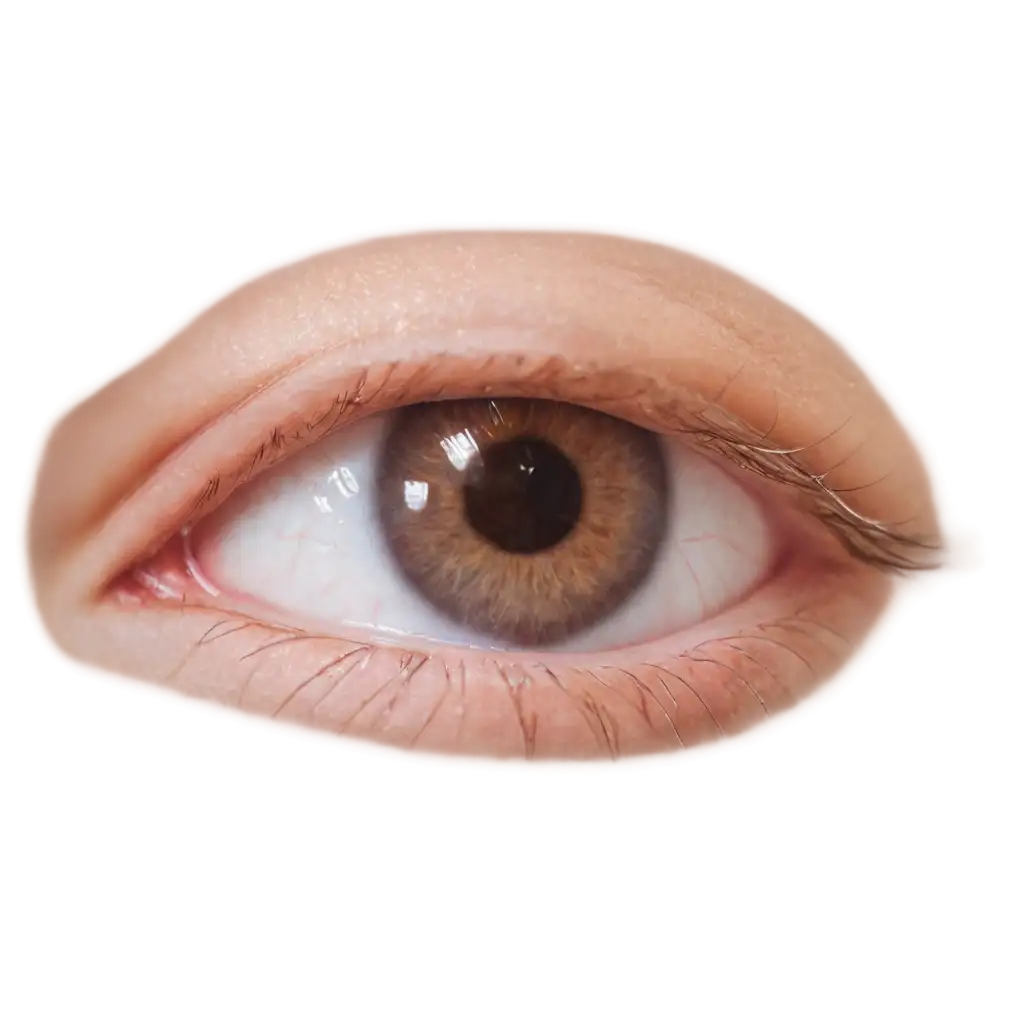



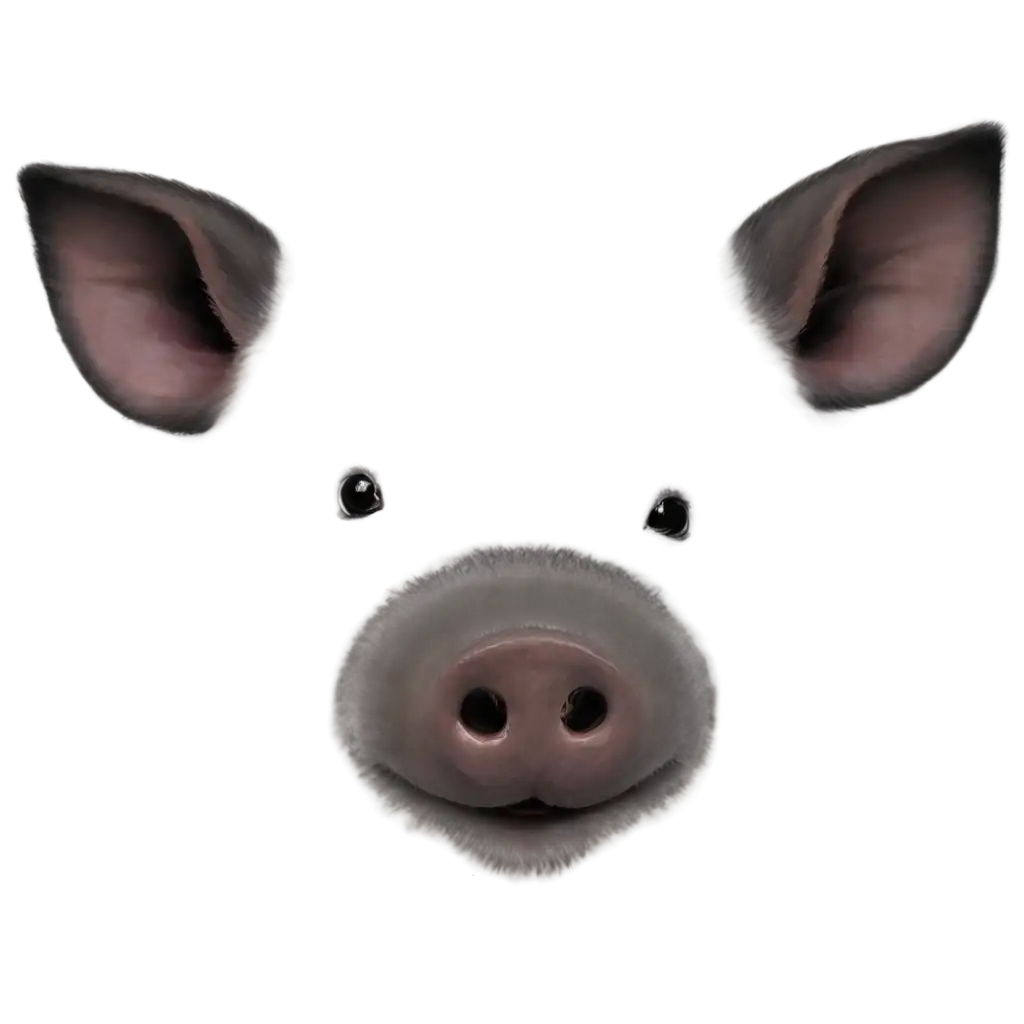
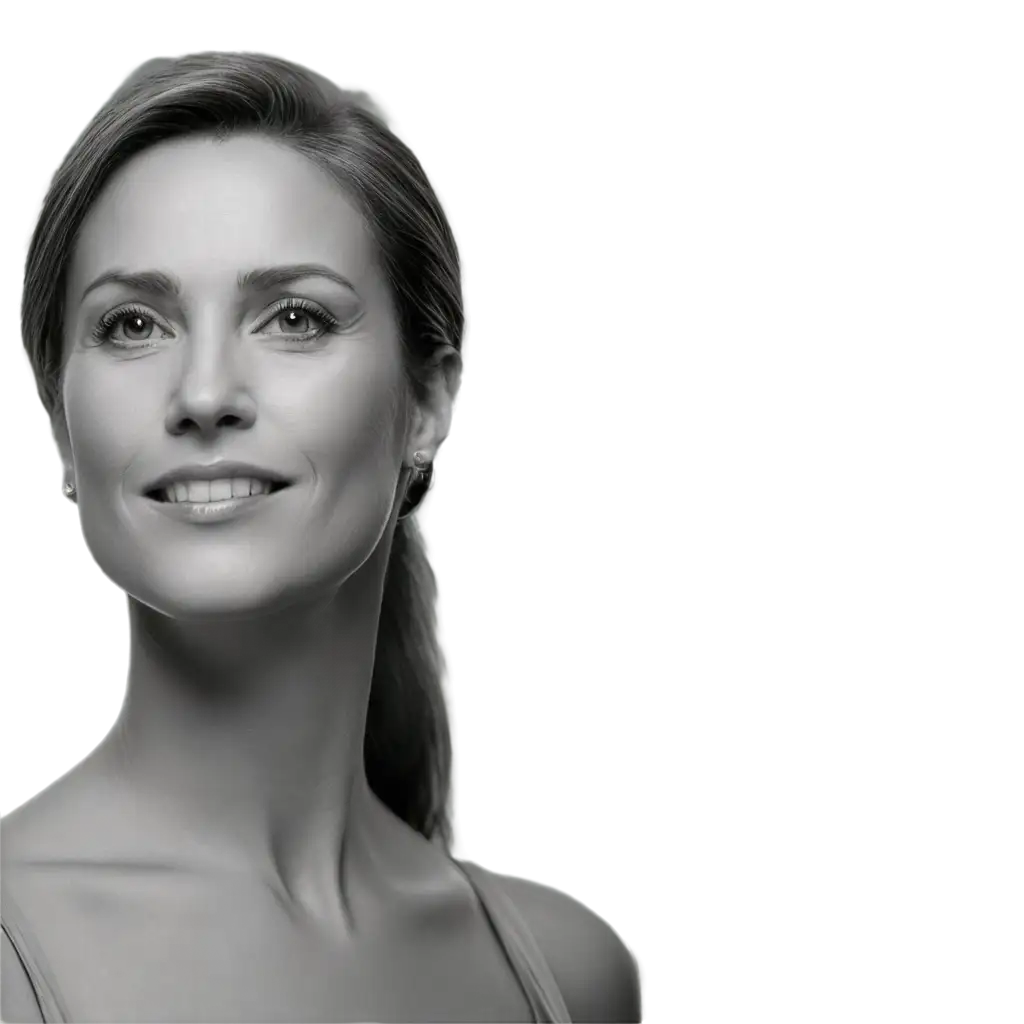


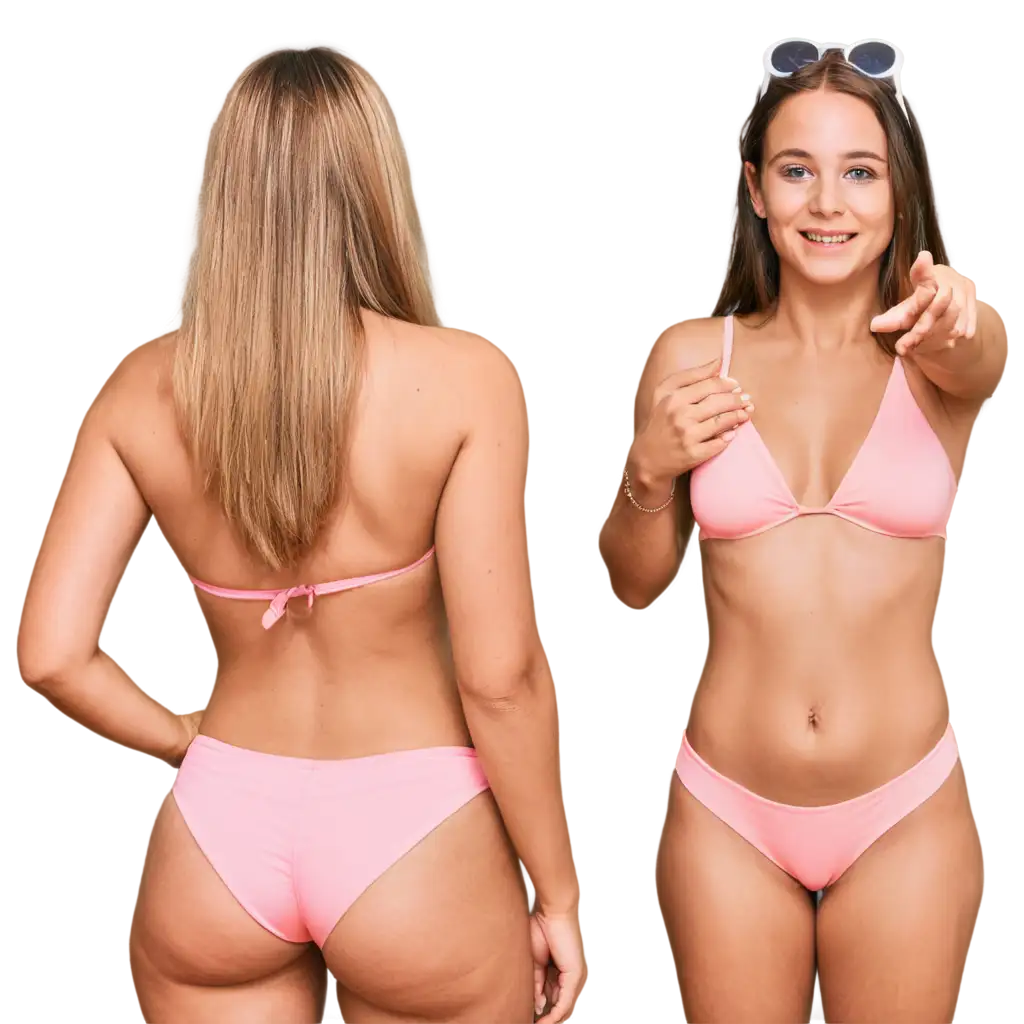

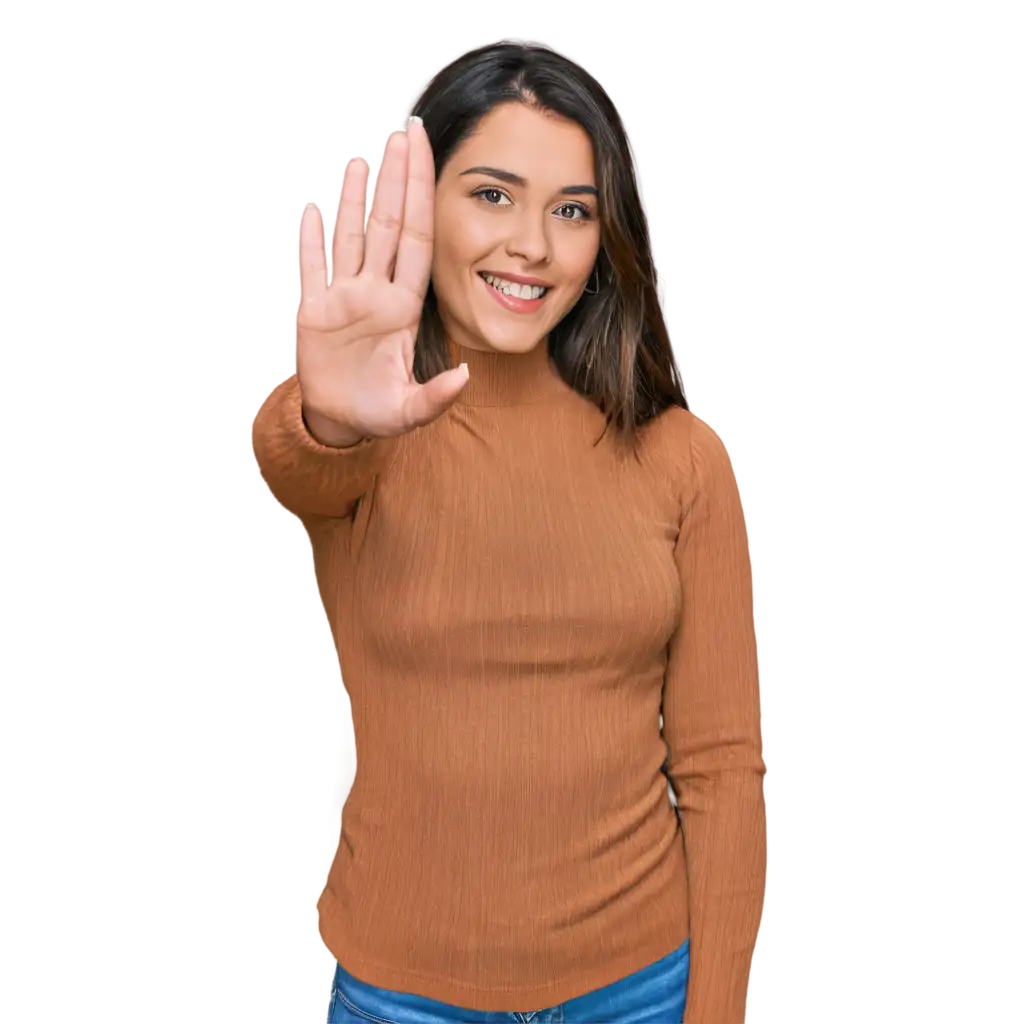
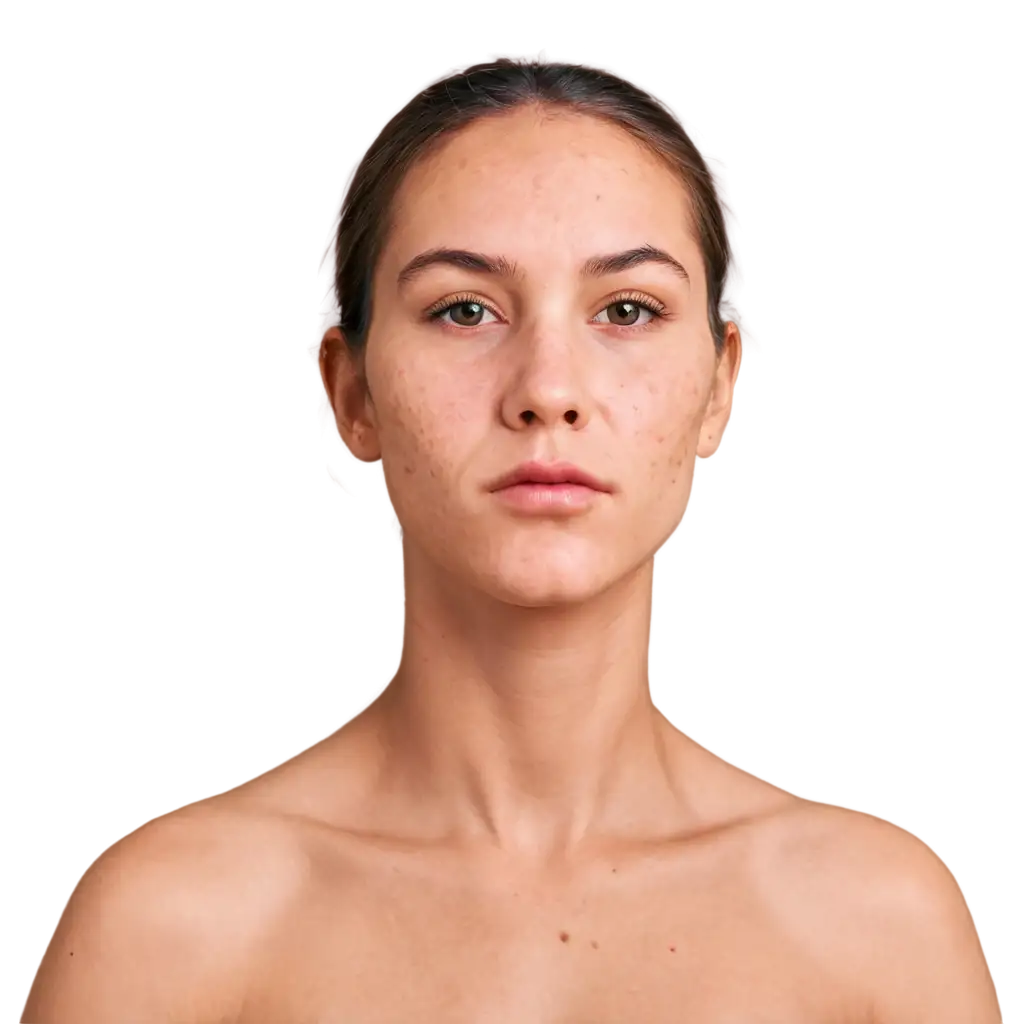
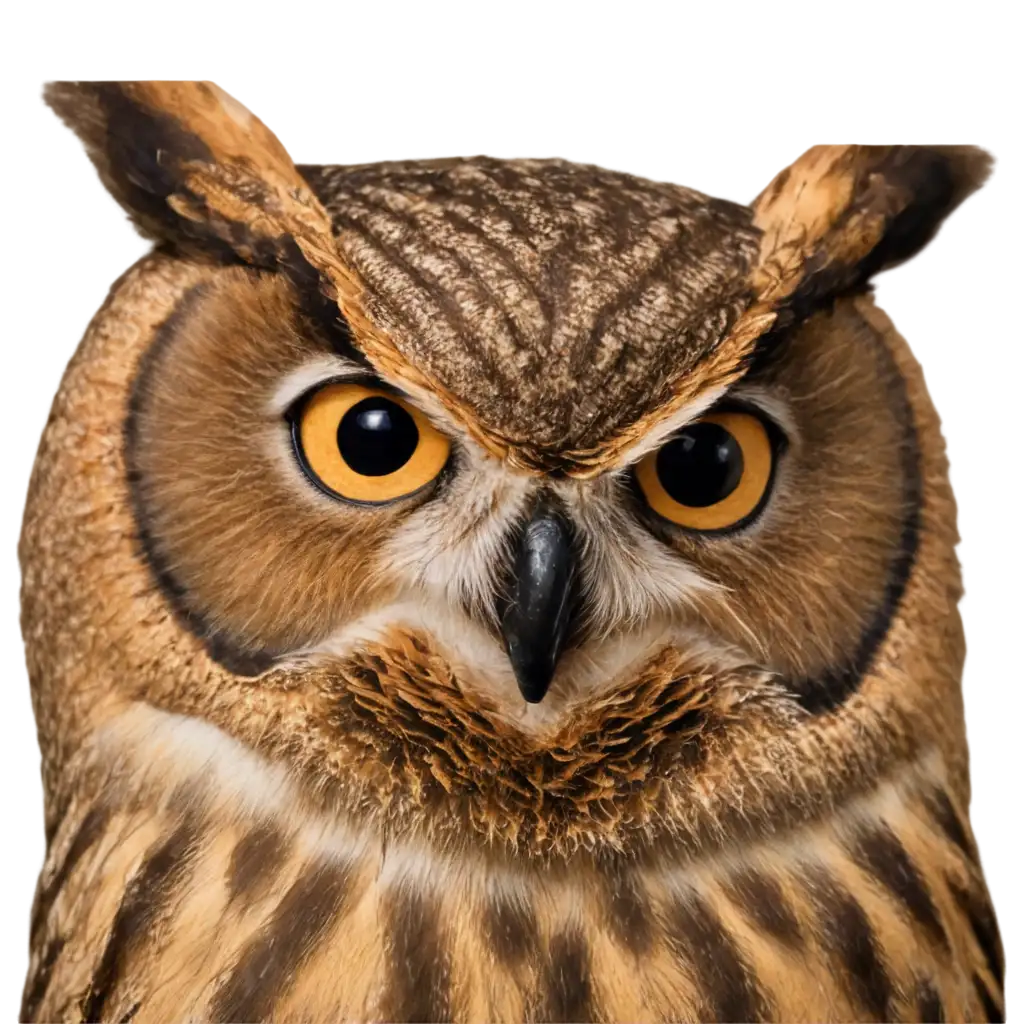

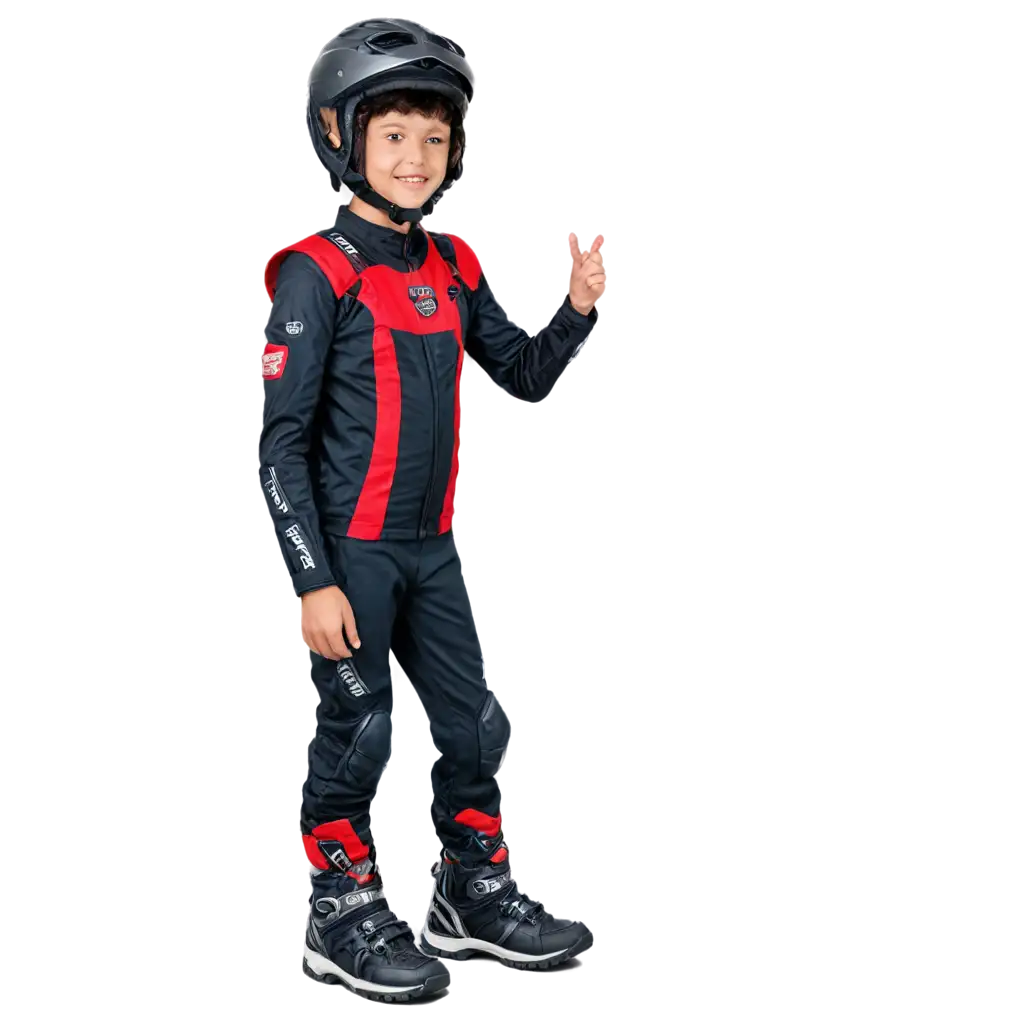
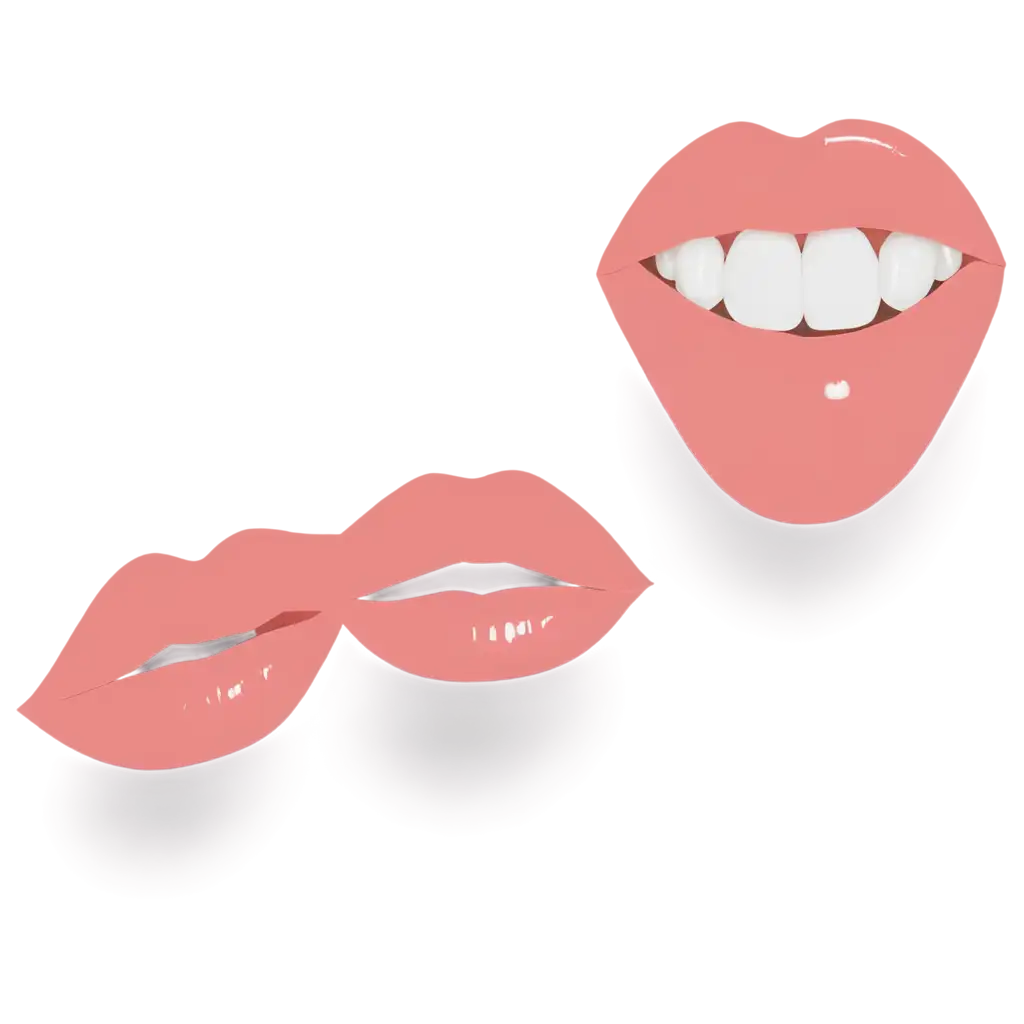

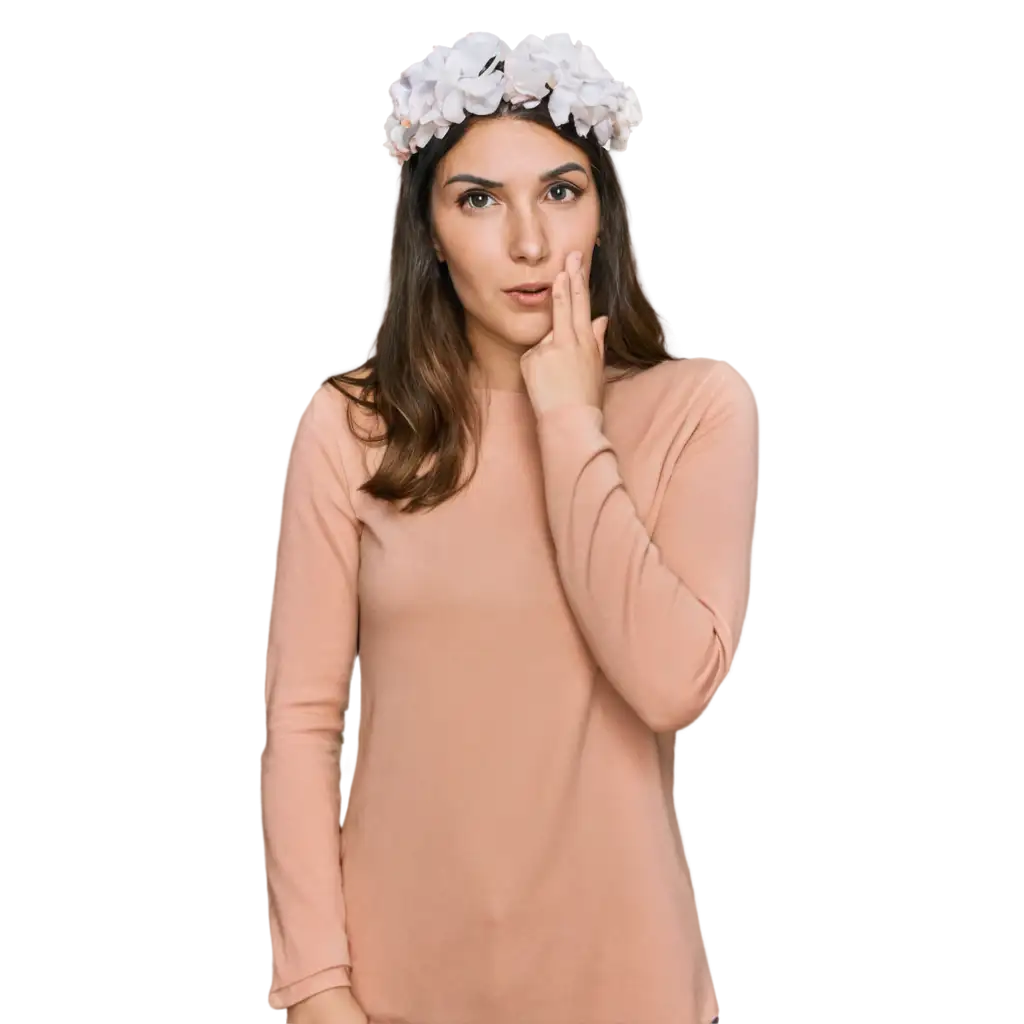
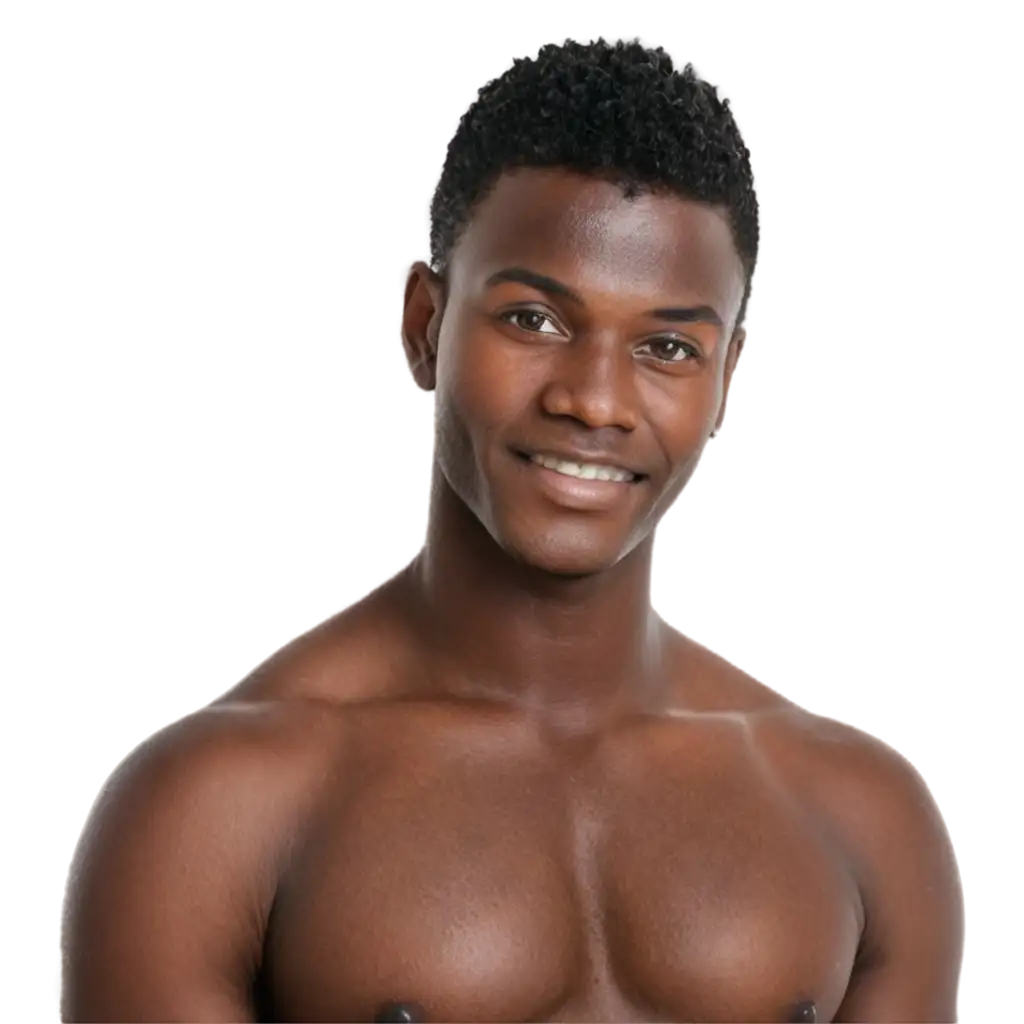


Related Tags
AI-generated face photos have undergone a remarkable transformation since their inception. Early attempts often produced uncanny valley effects with noticeable artifacts and inconsistencies. However, modern AI systems can now generate highly realistic faces with precise details including natural skin textures, accurate facial features, and consistent lighting. This evolution has been driven by advanced machine learning architectures, particularly GANs (Generative Adversarial Networks) and diffusion models, which have revolutionized the way we create and manipulate facial imagery. These technologies have enabled the generation of diverse faces across different ages, ethnicities, and expressions, while maintaining photographic quality.
The Evolution of AI-Generated Face Photos: From Early Experiments to Photorealistic Portraits
AI-generated face photos serve numerous practical applications across various industries. In marketing and advertising, they provide readily available diverse representation without the need for photo shoots or model releases. The entertainment industry utilizes these images for concept art, character development, and background characters in digital productions. Educational institutions leverage them for teaching materials and simulations, while UX/UI designers incorporate them into mockups and prototypes. The technology also finds applications in fashion design for virtual try-ons, in gaming for character customization, and in social media for creating avatars and profile pictures. The ability to generate consistent facial features across multiple poses and expressions makes these images particularly valuable for creating coherent visual narratives.
Applications and Use Cases of AI Face Photos in Modern Media
Creating compelling AI-generated face photos requires understanding key principles and best practices. Start with clear, specific prompts that define desired characteristics such as age, gender, ethnicity, expression, and lighting conditions. Pay attention to important details like eye alignment, facial symmetry, and skin texture consistency. For professional results, consider environmental context, ensuring appropriate backgrounds and lighting that complement the subject. When generating variations, maintain consistent features while adjusting elements like pose and expression. It's crucial to verify that generated faces avoid common artifacts such as unrealistic teeth, asymmetric ears, or distorted hair patterns. Understanding these guidelines helps produce more natural and convincing results that can be effectively used in various applications.
Guidelines for Creating High-Quality AI Face Photos
The future of AI face generation holds exciting possibilities alongside important ethical considerations. Emerging trends include enhanced control over specific facial features, improved emotion and expression rendering, and better integration with animation systems for creating dynamic facial movements. Advanced technologies are enabling the generation of age-progressed versions of faces and more nuanced control over lighting and environmental interactions. However, these developments raise important ethical questions about identity, privacy, and consent. The industry is actively working on implementing watermarking systems, developing detection tools for AI-generated content, and establishing guidelines for responsible use. Future developments will likely focus on balancing technological advancement with ethical considerations, ensuring transparent and responsible use of AI-generated facial imagery.
The Future of AI Face Generation: Trends and Ethical Considerations